Introduction
In the world of disaster management, the most impacted populations are the most underserved. When it comes to self defense, almost everything is tailored to the adult male, and very rarely does serious conversation spill over into discussion on “hey, what happens to our families?” Given the ongoing reality in Ukraine, we have yet more real-time examples of the sentiment that “those who want the least to do with disasters are the most affected by them”, and with madness in the world at its peak for at least my lifespan, it might be a good idea to discuss some ways of preparing your kids for adulthood.
Over the years, we’ve seen a few attempts within the gun community to “train” their children. What this tends to look like is “gun guy equips child with .22 AR and plate carrier and takes pictures”. Let’s be clear up front: don’t be this guy. First, it’s dorky. It might seem cool to the kitschy crowd of gun dudes on social media, but for anyone on the outside, you’ll look like a gigadork. Therefore, we will not be focusing on the best way to turn your kid into a Junior Punisher, at least not until they can read a book or cook a meal. Second, it’s dangerously out of touch. If you haven’t seen the effects of war on children, that may not be obvious. If you have, the rest of the article will approach training our children knowing that their lives are both fragile and precious.
That’s not to say that children can’t be taught how to defend themselves… There is just a lot more to it, and there are more important things for them to learn before you send them out into an unpredictable world.
Childhood Development
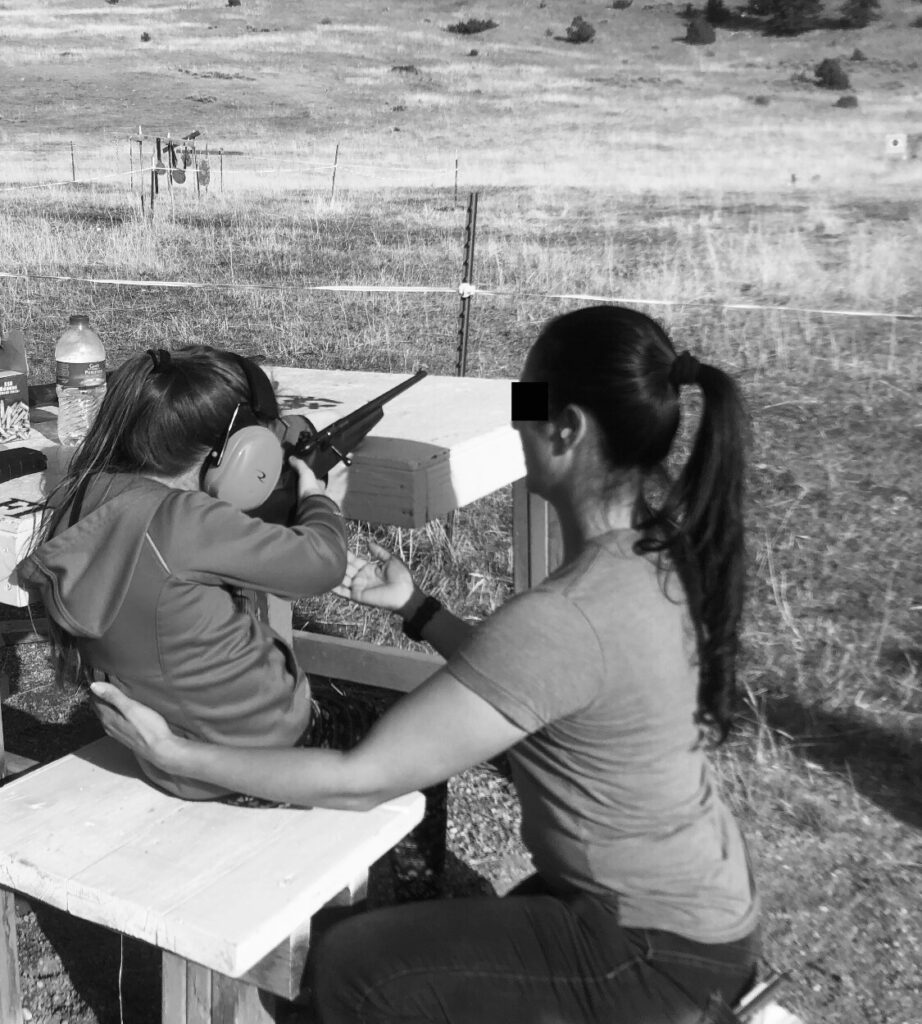
One of the most significant hurdles to writing this has been the fact that, while 6 years doesn’t change a person much between 30 and 36, the difference between a child at birth and 6 years might as well be night and day. So, we need a way of looking at how children develop naturally to have any sort of cogent plan for cultivating our children. We can’t simply say “here’s how to raise your child”, because your lifestyle, belief systems, and culture are yours, and we respect that. What we can do is say “here’s what a child is able to understand at various ages, and how you can help them learn.”
What most of ISG knows but won’t tell you is that family is the ultimate responsibility for us. “Family first” is a common utterance, and if time constrictions come down to skill development or family, we will either find a way to combine the two or happily allow our dudes to choose family. Many of us are parents, and many more have a background in child development and care. So, with that in mind… The following steps do not represent the cutting edge methods of child psychology. What they do represent, is a hierarchal structure that’s consistent with our core framework that we hope allows you and your child to grow stronger together.
Structural Approach
This article will focus on a framework that starts with childhood, and discusses the cognitive, emotional, and physical development of competency as the child ages. This is relevant for several reasons:
- The approach we use in parenting must change as our child ages and matures, and;
- Our expectations must be grounded in a realistic assessment of what a child is capable of, physically, mentally, and emotionally.
- The consistency allows us to consider constructing healthy children using the same systemic template as our other thinking; that is to say we start from the ground and work our way up addressing the most crucial components first. This is useful because, broadly, children’s ages are broken into three rough timelines which we’ll discuss below.
- Most importantly, addressing emergencies in life can’t be solved using rote; this complicates our job as parents, but it also gives an opportunity to appreciate our role in our child’s development. That leads to;
- We can build resilient children by being involved in our children’s lives.
Before we go any further, it probably bears saying:
You are the first and most significant archetype of a man or a woman that your child will encounter. You’re the template they’ll use to define what it means to be an adult. Said another way, there’s nothing you do around your child that doesn’t matter.
Infancy, 0-6 Years of Age: Nurturing
Mental and Emotional

Infancy is defined as the first 6 years of life. It’s possible to further break down this developmental stage, but for us, it’s largely unnecessary. The goals can be defined simply as:
“Develop a bond with your child through nurturing”, and “stimulate their minds by helping them discover things about their world.”
Parents directly affect the development of infants at this age in what E. Erickson defines as “trust vs mistrust” in his developmental tasks. Developing trust that a parent will assess their needs patiently and with love forms the bedrock of the child’s understanding of the world.
Their understanding of language develops rapidly during this stage, and speaking clearly and simply to reinforce the understanding of words is critical. If you tell your child “no!” and allow them to continue what they’re doing, for example, you’re not teaching them what ‘no’ means. They’ll also begin to understand facial expressions and interpret changes in voice tone. Finally, children from birth to around 5 years of age are natural mimics. They’ll absorb what they observe from parents, siblings, and of course, media. So, this period of development will set the stage for who your child is to become.
Physically
At this stage, the baby is learning to control the mortal coil they’ve been forced into. Helping your child develop coordination by playing with them will help as they move from baby to toddler, and prepare them for a successful childhood. Not only are their brains developing, but they learn the basics of physical cause and effect, which is crucial to learn about abstract cause and effect.
Children in this age range need somatosensory stimulation; they need to develop proprioception (understanding of their limbs and body in space), and an idea of how to balance, avoid injury, and express themselves. In these early stages, a child’s communication is largely non-verbal – they cry, coo, and smile. They gesture and grunt. In time, consistency in language will allow them to translate their needs into concepts and words.
This is an excellent time to introduce a secondary verbal language or sign language. While studies vary regarding what time is best to introduce a second language to a child, a child brought up with constant exposure to more than one language may speak a little later, but they’ll take to bilingualism much more readily than those introduced later in life… at least from our experience.
It’s also a perfect time to start taking your child out to explore, and be involved in the physical world. We started ours early on camping and exploring, and apart from being a little extra careful, it didn’t change much.
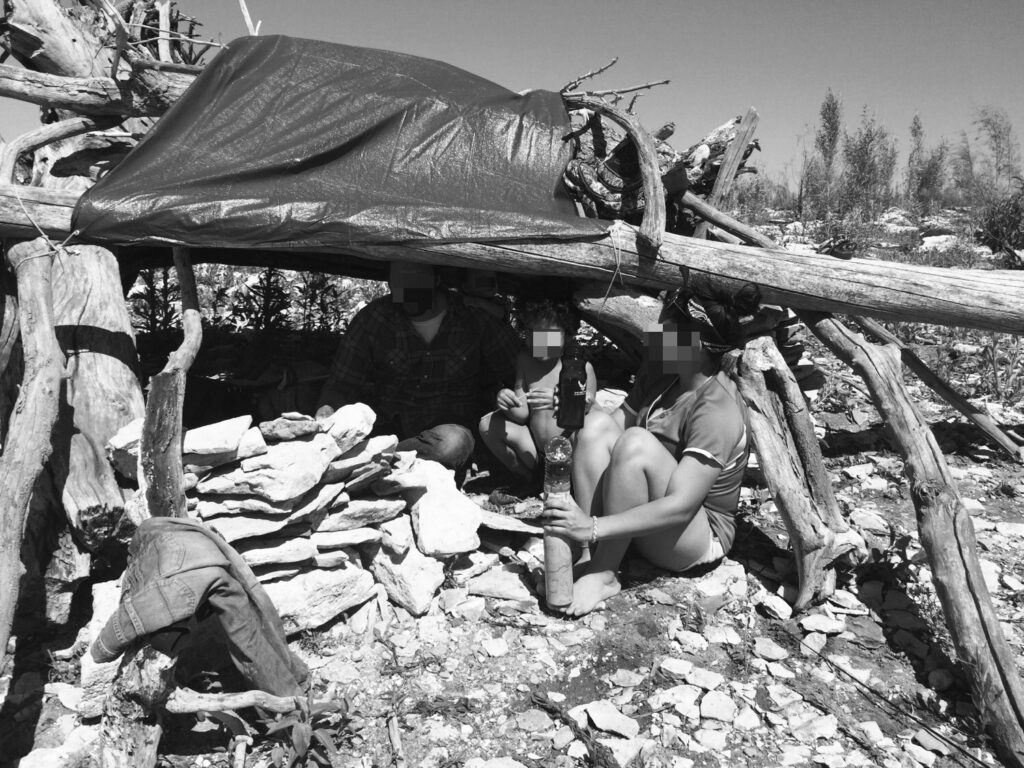
Tasks for Development
So, what actual tasks should we be teaching our kids at this age?
- Help them understand cause and effect, and the physics of the world around them. Let them crumple leaves, roll balls, steady themselves on unleveled ground, and
- Memory and retention, such as hiding games that teach physical presence, barriers to vision, and naming objects (such as pets, toys, etc)
- Basic language, to include simple words, colors, textures, and states of being (tired, hungry, sad, happy, etc).
- Basic coordination and the ability to crawl, walk, stand, run, and climb. It’s appropriate to teach a child at this age the basics of swimming as well.
- Most importantly: Cultivate trust and love.
Childhood, 6-12 Years of Age: Cultivation
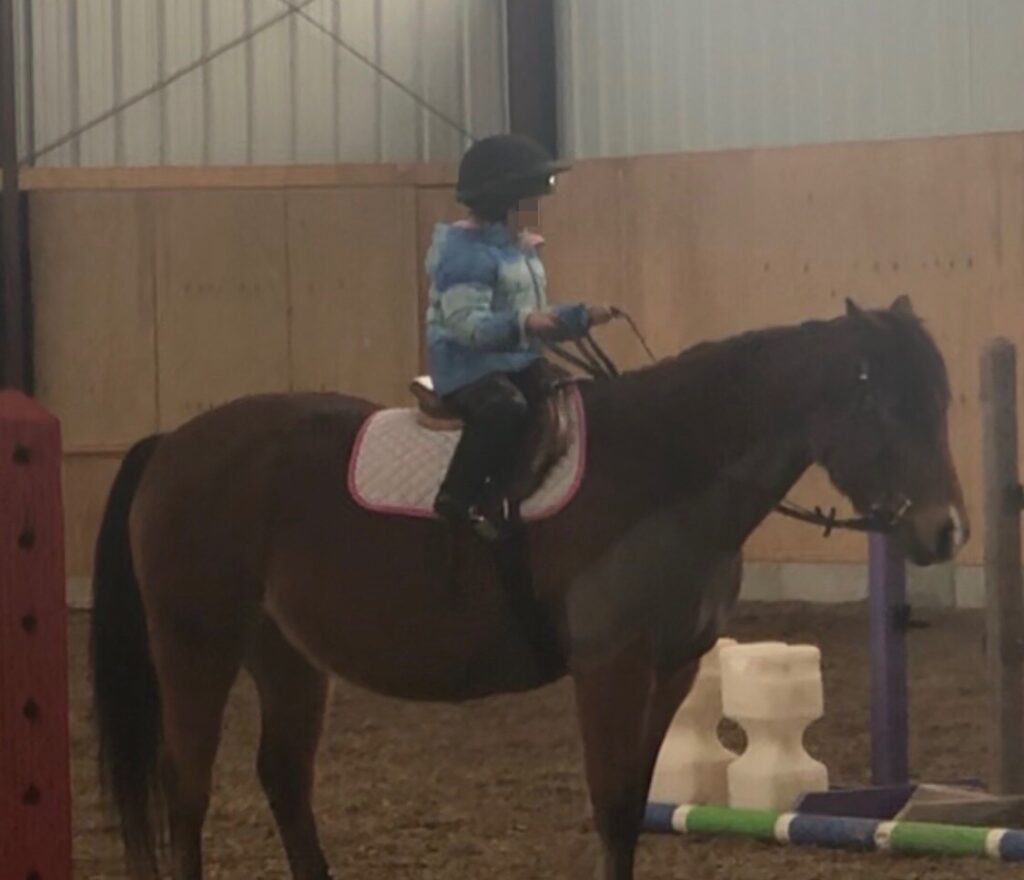
Childhood is the second phase. Marked by rapid physical, emotional, and intellectual development, raising children becomes difficult as you see the first hallmarks of independence emerge. In this age range, your child will be as interactive with their parent as they’ll ever be; they’ll live with you, look up to you, ask an unlimited amount of questions, and distract you from work. In our estimation, that makes this a perfect time to take stock of what’s really important in life! You never know when your daughter will grab her infant brother by the cheeks and say “WHO RUNS BARTERTOWN?!” or “I drink your milkshake! I drink it up!” so be present for them.
The bulk of what we have to impart on our young will happen in this age range, and studies have shown that by age nine, their habits are more or less set. As well, this is the perfect age to introduce children to your interests, and help them determine their own.
Mental and Emotional
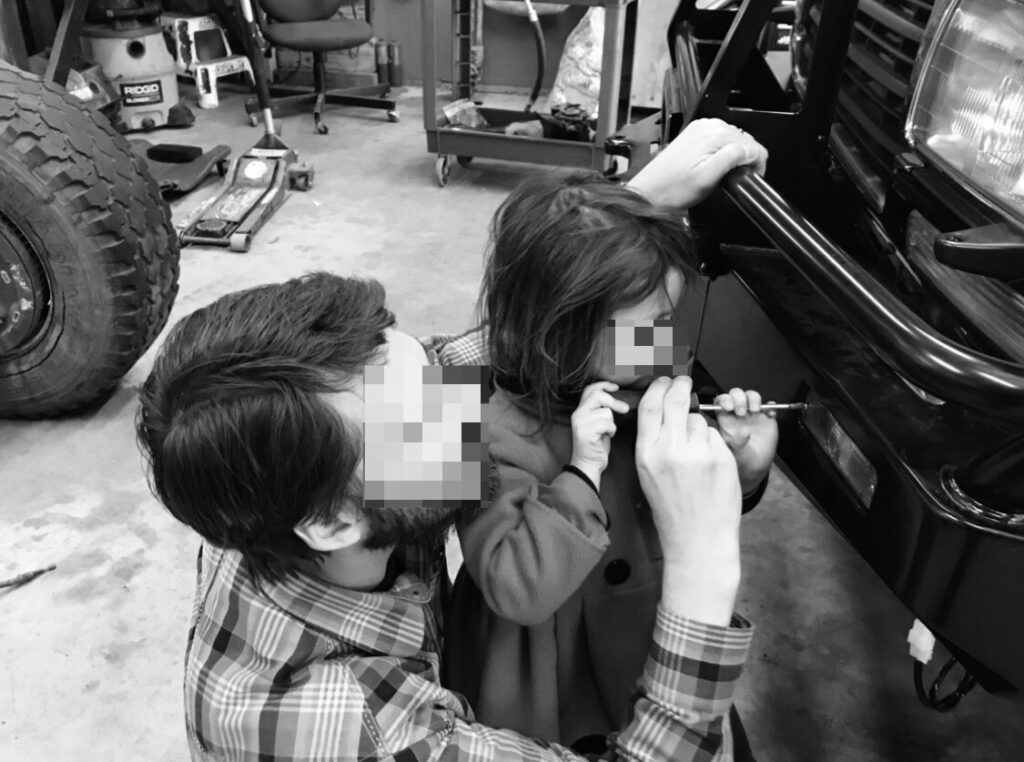
As a child matures from infancy to childhood, our relationships become more complicated. Cognitively, they’re able to process emotions and concepts, but they’ll still lack the ability to articulate them. This phase sees the child emerge from being the primary focus of the parents to a support role. Erikson defined this stage as (broadly) “Industry vs Inferiority”. The developing child is learning skills, language, social presence, and how to fit in outside of the family unit. Because of this, the child’s ability to articulate their feelings means parental guidance and involvement shifts a bit from nurturing to cultivation. As well, children will identify things they don’t want to do. Helping them understand the reasoning for chores and tasks, and the reward – both for performing, and the rewards inherent to work – will demonstrate the value of work.
Whether in chores or interests, we must help the child learn processes that reinforce their ability to succeed. Not only will this help overcome feelings of social inferiority, it will begin to reinforce habits. Being a valued member of a household who contributes will help the child adopt this role among their peers. Likewise, it helps them to establish an understanding that tasks have processes. Senses of fairness, values, and reciprocal relationships are formed during this age. Do your best to understand that children don’t intuitively understand standards. They’ll see the treatment of others (schoolmates, siblings, etc) and wonder why they’re treated differently. Help them understand how maturity and age play a role in changing standards.
Habits and Problem Solving
We can help children by establishing routines and schedules, responsibilities, and feeding their interests. In early childhood, children can begin learning by algorithm, as well. Probably the easiest example of this is the fire drill. When the alarm goes off, the child takes a route based on environmental dichotomies. That may look something like this:
- Is it cold? If yes, grab a coat and shoes. If no, proceed to door.
- Is there smoke coming from the room on the other side? Yes or no. If yes, go to window. If no, touch doorknob.
- Is the doorknob hot? If yes, go to window, if not, open the door.
Taken to conclusion, these kinds of algorithms provide a rote template for problem solving that will help now, but will allow for problem solving later in life, and serve as an introduction to micro-preparedness. For example, preparing clothing the night before helps not only with getting up for school, but prepares the child to execute their emergency algorithm. This sounds technical, but it’s really just drills.
Create a drill, practice it, and it will help in emergencies. Have your child create algorithms for basic problems, and help guide their understanding of when to put them in action.
Physical
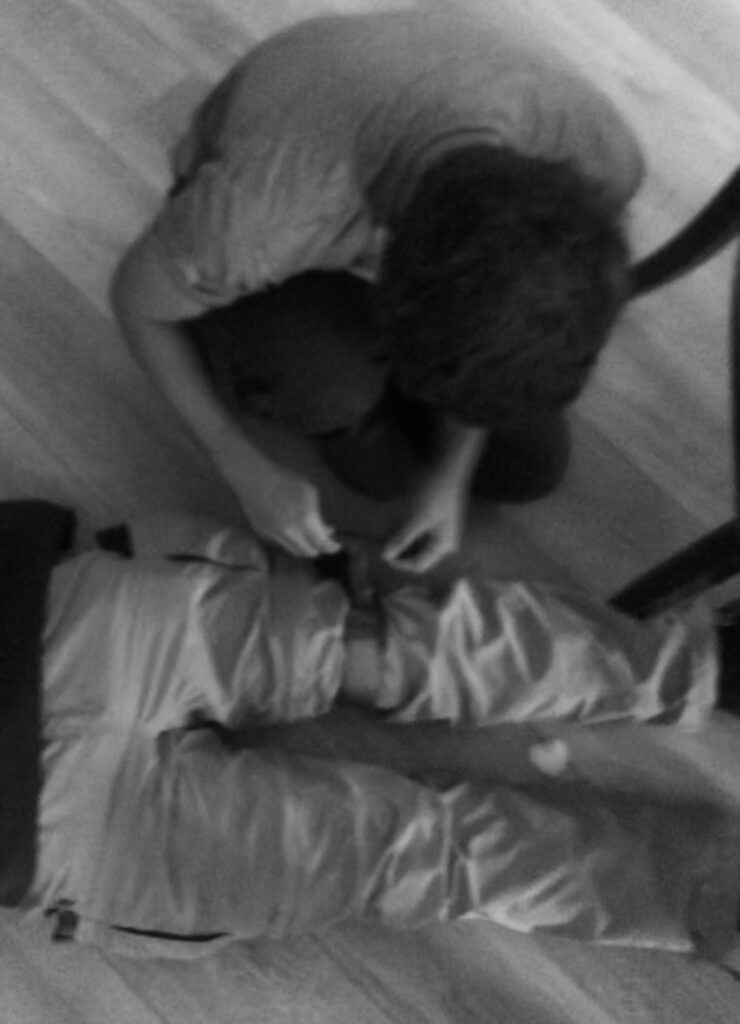
As well as cognitive, childhood is a period of physical development. Athletics of coordination undertaken at this age will be great for your child later in life! Swimming, climbing, riding bikes or horses, martial competition such as wrestling, should be encouraged based on your child’s interests. As well, children at this age are capable of understanding basics of rescue medicine and injuries, and how to react if someone is hurt near them (even if that’s finding help). Physically protecting themselves from the “Rules of 3” is also appropriate, and doesn’t have to be miserable. Making building a shelter, starting a fire, and purifying water are good challenges and have, in our experience, always been a fun, enriching process for children.
Montessori tasks, such as setting tables, disposing of food waste, and preparing food are also appropriate. Children have an innate desire to be helpful, and rewarding this behavior is probably one of the easiest, highest reward approaches you can take.
As well, and this may be controversial, but we began abduction resilience training with our children in this age range.

Tasks for Development
- Literacy and reading comprehension. The principle way of handing information through the ages is a combination of written and oral traditions. Ensure reading is not just an obligation, but an enjoyable route to learning. Tell them stories about their family that exemplify your values.
- Running, Climbing, and Swimming. These are fundamental tasks for a human to interact with the natural world. They’ll learn sitting on their butts and standing around later, so ensure that they get familiar with these!
- Montessori tasks and chores; it can be super frustrating having to hover over your kid while they make constant mistakes while learning new things, but ultimately, you are their portal to adulthood competence. Chores are a great way to reinforce work ethic in a positive manner, as well.
- Rules of 3 – Childhood is a great time to introduce children to the thermal sensitivities of their bodies, as well as the requirements in terms of water and calories. Setting up a camp, fishing together, and getting clean water for pine needle tea, for example, are all rewarding and enjoyable.
- Firearms safety and basic marksmanship. While the exact age you introduce this topic to your child will be personal, please observe good practice at home, and store your guns locked and separate from ammunition.
- Basic wound care and first aid.
- Cooking. This can be a pretty fun one, and your kids will thank you when they live on their own and are capable of preparing something other than Top Ramen.
- Language! Still. Continue to reinforce language skills.
- Musical aptitude. This can be a tough one for younger children, because it takes some discipline and most instruments aren’t sized for them, but some exposure beyond tooting out “hot cross buns” on a recorder is good. Expose them to good music, too. God knows pop culture won’t.
- Martial Arts. If the martial art will bestow a black belt on your kid, don’t take it too seriously.
Adolescence, 12-18 Years of Age: Inter-dependability
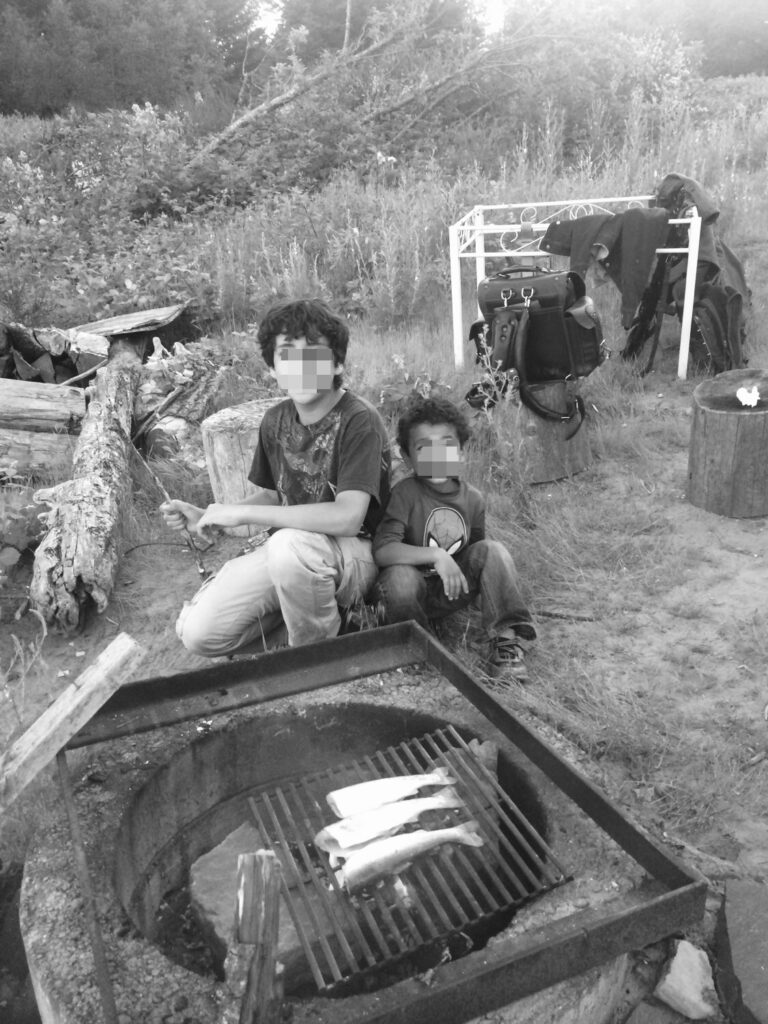
The transition to adolescence is marked by an increasing emphasis on sense of self. They’re more able to determine their own interests, role models, mentors, and identity, and this often happens commensurate with a desire to be autonomous from parental oversight. This makes this phase the most difficult, as the teenage resentment of authority sets in and you’re forced to keep cool with constant huffing and eye rolls.
On the other hand, the adolescent is in the unique position of being more physically and mentally capable, and therefore they can really be helpful. While as teenagers, we all learned experientially that being a teenager is rife with emotional turmoil, rebellion, and mistakes. When they’re living in your house, viewing it from the other side is frustrating enough that you might call your mom and/or dad and apologize. Just be patient, and stay consistent.
Mental and Emotional
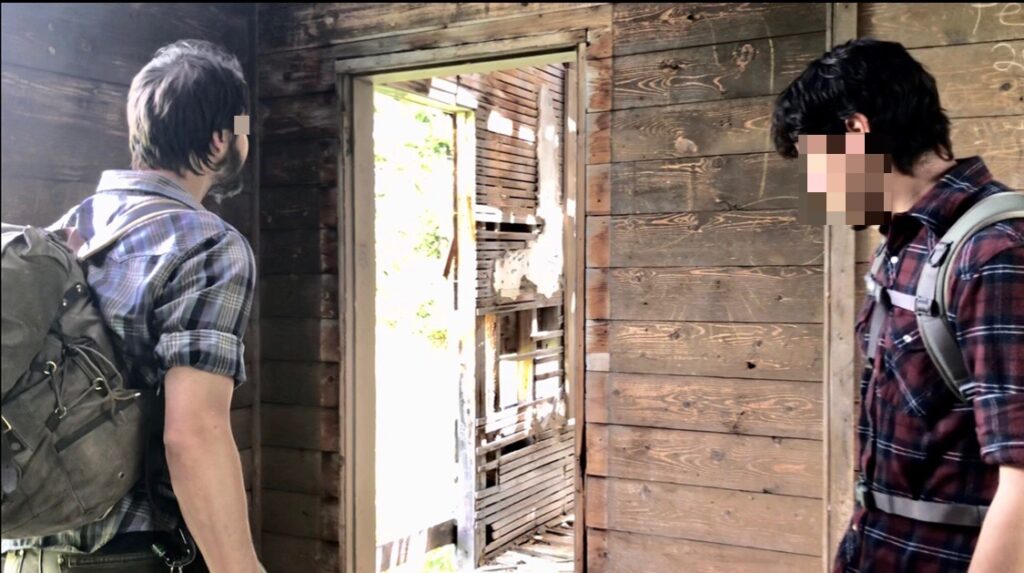
An important part of the equation is letting your adolescent know that while you’re increasing the demands placed on them, it’s because they’re doing well and getting better. We’ve probably all experienced a work environment where you’re busting your ass and no one seems to notice. The transition from childhood, where no one expects much, to an adult where you’re expected to keep up at home, at school, and maybe with a job, it’s a change. Add in the emotional turmoil of finding one’s place in the dating scene, and establishing their sense of self amid that backdrop… you’re the easy target, parent. Sorry, but that’s it. It’s hard to lash out at the world, but mom or dad is a convenient head to butt.
While there aren’t any specific answers, keeping teenagers busy, involved with healthy outlets (your sensibilities will dictate what that means), and in peer groups that reinforce the cultural values you’ve instilled will be important. Keep in mind that devices that constantly interrupt the young mind will impede their ability to stay focused on the ‘here and now’. As well, it’ll be necessary to return to the cultivation phase and help modify our algorithms for thinking to more advance projects, such as research and thinking.
This is prime time for politically charged opportunists to rush in and capitalize on the idealism of youth. If your child trusts and values your opinion, they’ll talk to you. Be available for that. Acknowledge different perspectives, and offer reasoning. Attacking sensibilities before a person is able to articulate the structure of their belief system is an insidious process, but it’s not going to stop.

Physical
Physically, there are ways we can challenge our children to get them toughened and strengthened, but it can be a fine line. Being the parent trying to send their kid through the Agogi is a recipe for resentment, and there’s a reason that society is no longer with us. Athletics through school or local clubs is a good way to get your adolescents active, and in particular, we’ve found that swimming, martial arts, and the Boy Scouts have been great outlets for ours.
Not only do they offer a heathy competition, but they allow kids to endure hardship with the support of their friends, which is a crucial skill. If you want your son to follow a path to warriorship, the Boy Scouts is more or less JROTC lite, and while they won’t have chest rigs and .22 caliber ARs, they WILL learn some valuable primitive skills, cultivate some toughness, character, and solve problems, and when you do sit them down for marksmanship, they’ll probably be more mature for that.
If you’d prefer to steer clear of organizations, or live in a country in which the Scouts don’t exist, there are guides on how to perform tasks and demonstrate skill proficiency. These are all good skills for teens to have, but keep in mind they’re also going to come up on spending money and driving cars – don’t forget to teach them how to drive safely, change oil and tires, and balance their accounts. Life skills aren’t taught in most schools, so be prepared to get your children performing the most basic tasks well before you stick a rifle in their hand.
As well, this was the perfect time to cultivate mobility – especially with games that emphasize survival and crafting – can really be a good way to get them into a pack and out doing cool stuff. This is also prime time to get them into BJJ, boxing, or MMA, and support them as they start cultivating interests that could lead into vocations.
A couple additions
When I first wrote this, I left out a few things that are pretty important. How you handle them is up to you, but here they are:
- Talk to your kids about their ancestors. The good, the bad, and the ugly. Teach them about their culture, history, and family.
- Rites of Passage. Our society is horribly lacking on rites of passage. For our boys, the challenge is, and has been, going into the woods, making a camp, scavenging for food, and spending a couple nights. Challenge them.
Conclusion
Some time back we commented on “Is your spouse a liability?” and described the situation in which a spouse brandishing in front of a mob made a bad situation worse. If you’ve got children, you owe it to yourself to ensure that bad, or absent, training doesn’t set them up for potentially fatal blunders. Having seen the effects of war and conflict on children, I absolutely want my kids to understand that violence exists, and how to combat it. But I also want them to know that they are the thing worth protecting, and so it’s my responsibility to ensure that they’re healthy, well-versed, and level headed.
As a final thought, this is a tough article to write because I don’t want to tell anyone else how to parent. Often as not, writing confers SOME authority (even if it’s really not), and I’ll be the first to say I struggle as a parent as much as anyone. The constant scramble, the obligations, school, dealing with scholastics, sports, and a budding interest in the opposite sex will make your head spin. Your parenting strategy is yours, and if I can offer one takeaway it’s a really simple one:
Just be there and spend some time with your children.
The time goes by far too fast, and whatever values you want to instill won’t make a scratch in the sand if you don’t show as well as tell.
Cheers,
A
A very special thank you to Daniel S for both the idea for this article, and the note comparing/brainstorming.
Sources
http://developingchild.harvard.edu/wp-content/uploads/2015/05/Enhancing-and-Practicing-Executive-Function-Skills-with-Children-from-Infancy-to-Adolescence-1.pdf
https://www.brainscape.com/academy/best-age-to-learn-a-second-language/








